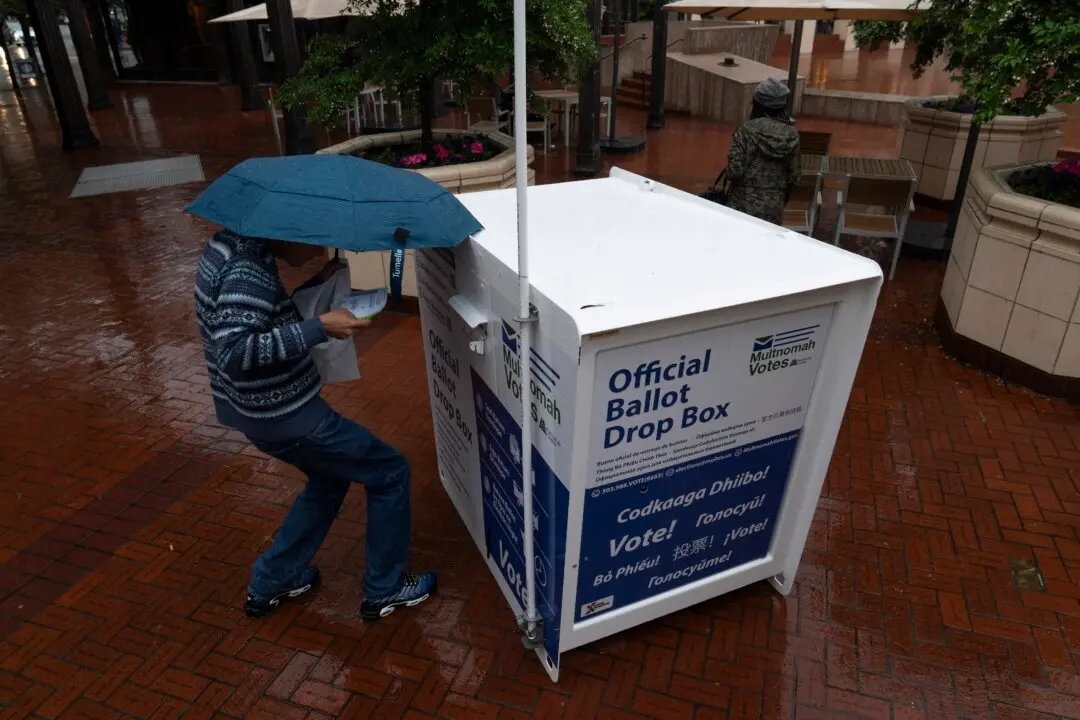The number of Americans filing new claims for unemployment benefits ticked up slightly last week, reinforcing views that the labor market recovery is struggling to build momentum amid the pandemic.
Initial claims for state unemployment benefits totaled a seasonally adjusted 870,000 for the week ended Sept. 19, compared to 866,000 in the prior week, the Labor Department stated in a release on Sept. 24 (pdf). Economists polled by Reuters predicted 840,000 applications for benefits in the latest week.





